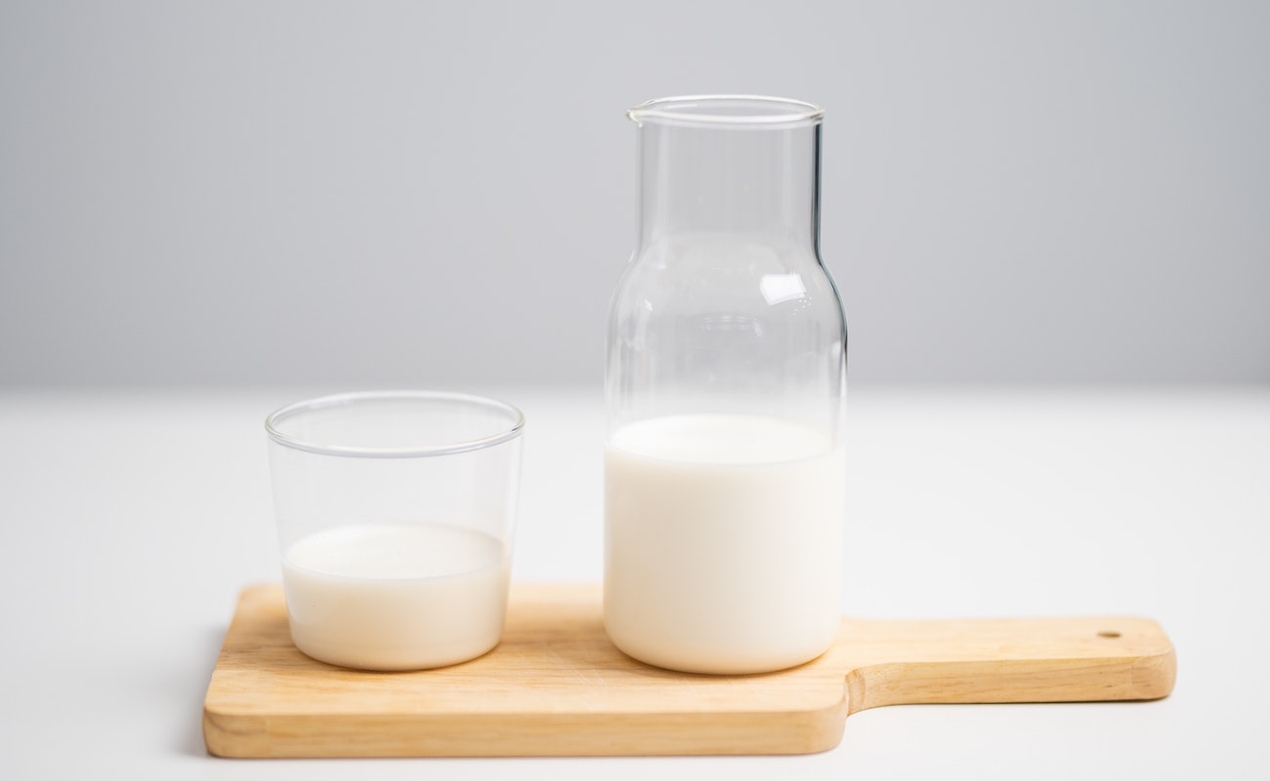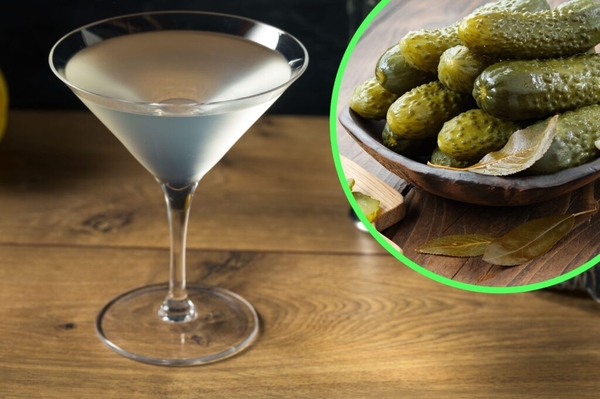Uncategorised
How Al Capone managed to change milk forever
26 Apr 2018
4m

One of the most notorious gangsters of all time, Alphonse “Al” Gabriel Capone built his legendary reputation through violence and cruelty. At the head of a bootlegging empire that reigned supreme during the prohibition era, Capone was, for a time, the key figure in American alcohol. Ruthless and arrogant, he is believed to have ordered the execution of dozens of criminal kingpins in the Chicago underworld. However, for all the blood and booze, there’s one Capone legacy that gets largely ignored. That is, his mission to make milk safe.
With all the fabulous wealth generated by his various criminal enterprises, including alcohol, racketeering and prostitution, it seems strange that Capone would be interested in the dairy business. Yet, with his empire at the height of its power in the early 1930s, that is exactly what happened. Why Capone suddenly felt that milk would make for a worthwhile career not only provides a fascinating insight into the food industry at the start of the 20th century, but also reveals a little known altruistic side to the feared gangster.
Unsurprisingly, one of the key drives for this newfound love of lactose was money. The contemporary Chicago milk industry was rigidly structured and carefully controlled. No business could be conducted without approval from the all-powerful milk union: an organisation so well versed in commercial skullduggery that they were referred to by Capone associate Fred Pascente as “the city’s reigning milk cartel”.
However, just as he had with alcohol, Capone sniffed opportunity. The strict controls in place over milk made for an environment ripe for exploitation. A plan was put in place to ship cheaper Wisconsin milk into Chicago, bottle it in the city, then bypass the union’s fixed dairy prices and make a killing. This was criminal free-market economics, carried out with bottles of semi-skimmed.
Determined to undercut the association, Al and his brother Ralph took steps to kick the plan into action. Unfortunately for the milk merchants, these steps reportedly involved kidnapping the union’s president, ransoming him back and using the money gained to buy the Meadowmoor Dairies, Inc. bottling factory. Understandably, this did not go down well with the disgruntled union and led to the start of what became known as the “milk wars”. This conflict ultimately led to the disintegration of smaller illegitimate businesses and the professionalisation of the entire industry in the Mid-West.
The prospect of making a speedy and surprisingly legitimate buck wasn’t the only thing that interested Capone. His other famous food legacy, which we can still see today, came from a well-hidden sense of compassion. Legend has it that, as he was imprisoned on Alcatraz for tax evasion, he got wind that a family member had fallen ill after drinking milk well past its best. Despite the limited resources available on the rocky outcrop, he decided to lobby the local government into doing something to protect citizens from poorly labelled food.
Submitting a request on behalf of “the safety of the local children”, Capone demanded that the Chicago dairy industry do something to advise consumers about the quality of their produce. According to some sources, he even went so far as to use his cronies on the outside to apply pressure to legislators responsible for milk law. The result was the introduction of sell-by and expiry dates on milk bottles up and down the country.
Though it might seem strange to think that Al Capone invented the sell-by date, the effect of his campaign cannot be understated. His actions from Alcatraz were the first concerted effort to introduce meaningful quality standards into the dairy industry, and meant that, for a time, only Grade A milk could be sold in Chicago. Before long, the sell-by blueprint established by Capone and the dairy industry was being used across the food sector, sparking a move towards greater customer awareness and purchasing power.
The idea of a softer side to Al Capone might seem hard to swallow, but a look into his past in Chicago reveals further interesting details about how the gangster used food to support his community. At a cost of thousands of dollars, he opened up a series of soup kitchens for the homeless during the 1920s, often serving patrons himself by hand and earning a reputation as a modern Robin Hood. While many of his crimes are undoubtedly distasteful, it’s also clear that Capone was more complicated than the ruthless thug that he is often thought to be.
Though there are some who dispute the story of Capone’s role in the creation of the modern dairy industry, the evidence for it is compelling. The prison logs at Alcatraz provide a detailed account of the correspondence exchanged between the gangster and the legislators responsible. In addition, thanks to his prominent place at the centre of Mid-Western milk, Ralph Capone became known by the affectionate moniker “Bottles”. Clearly, the golden era of gangers and organised crime left a lot of victims. But it’s also important to bear in mind that not every criminal legacy is a bad one.


